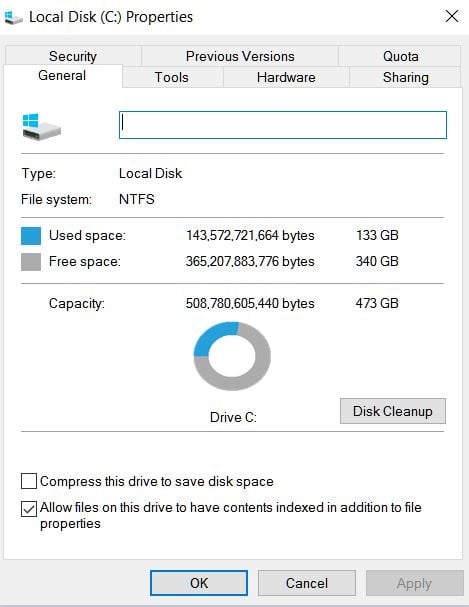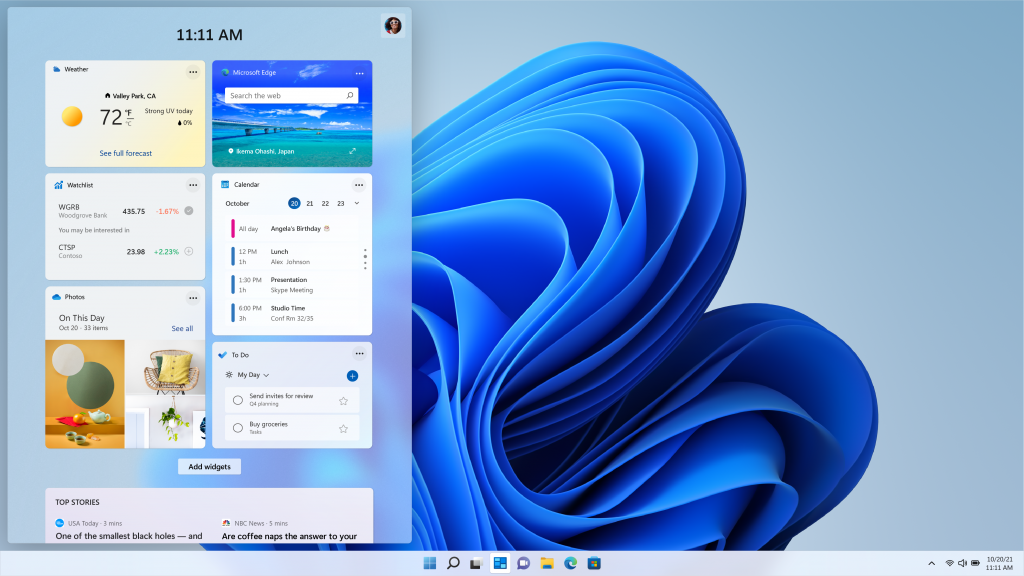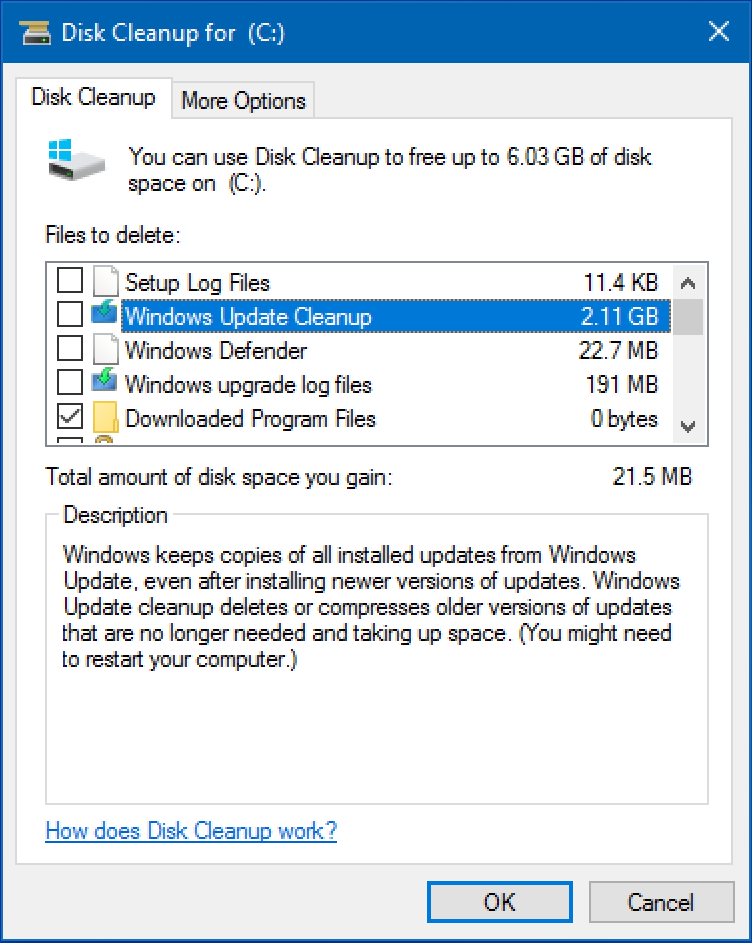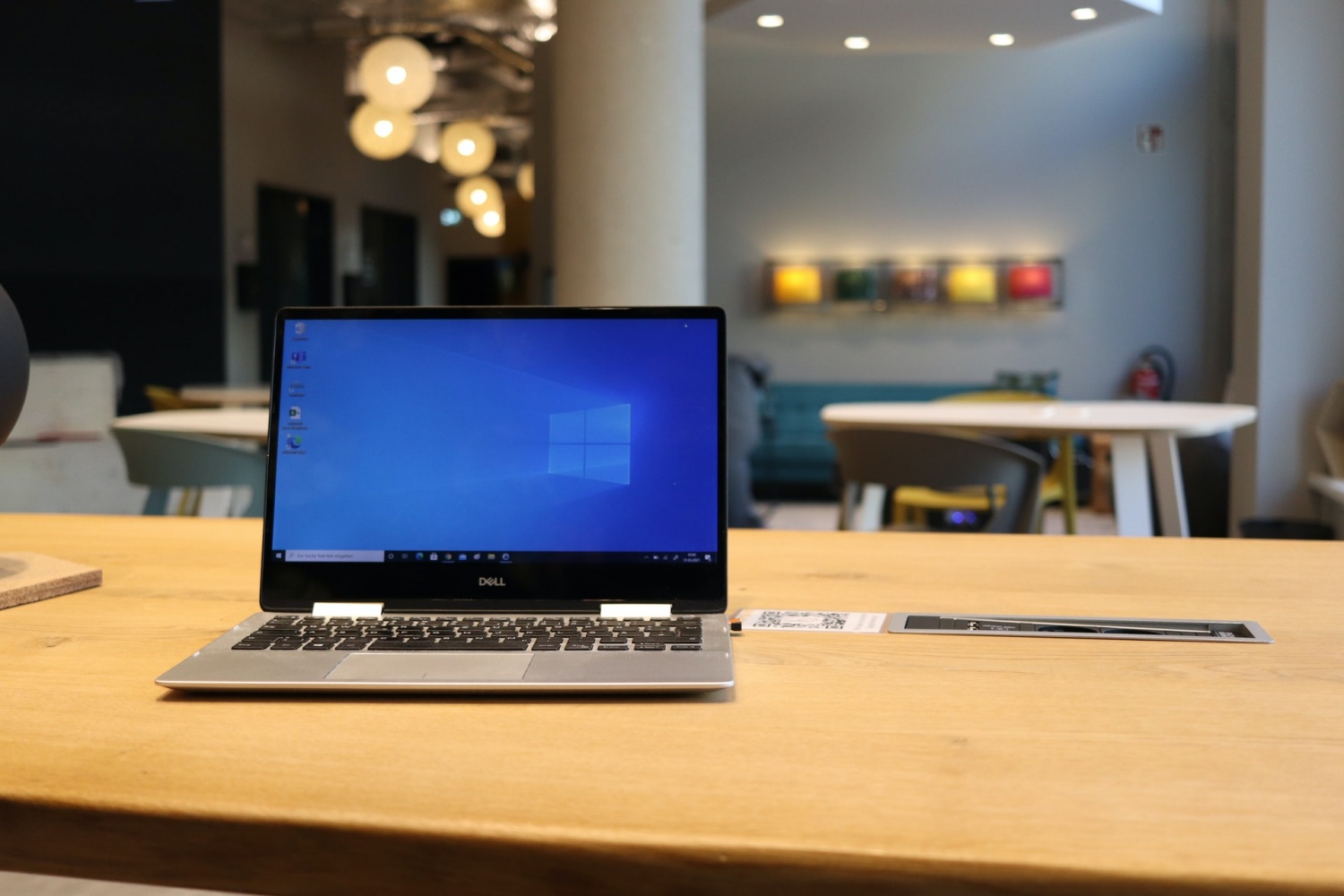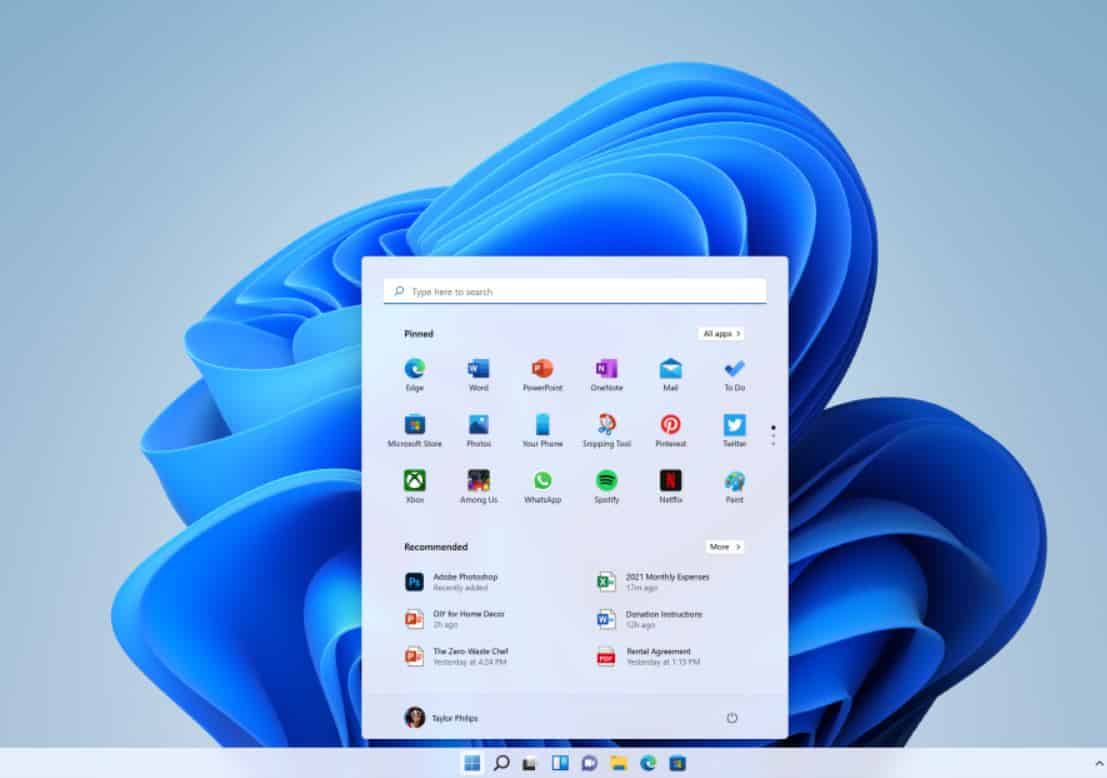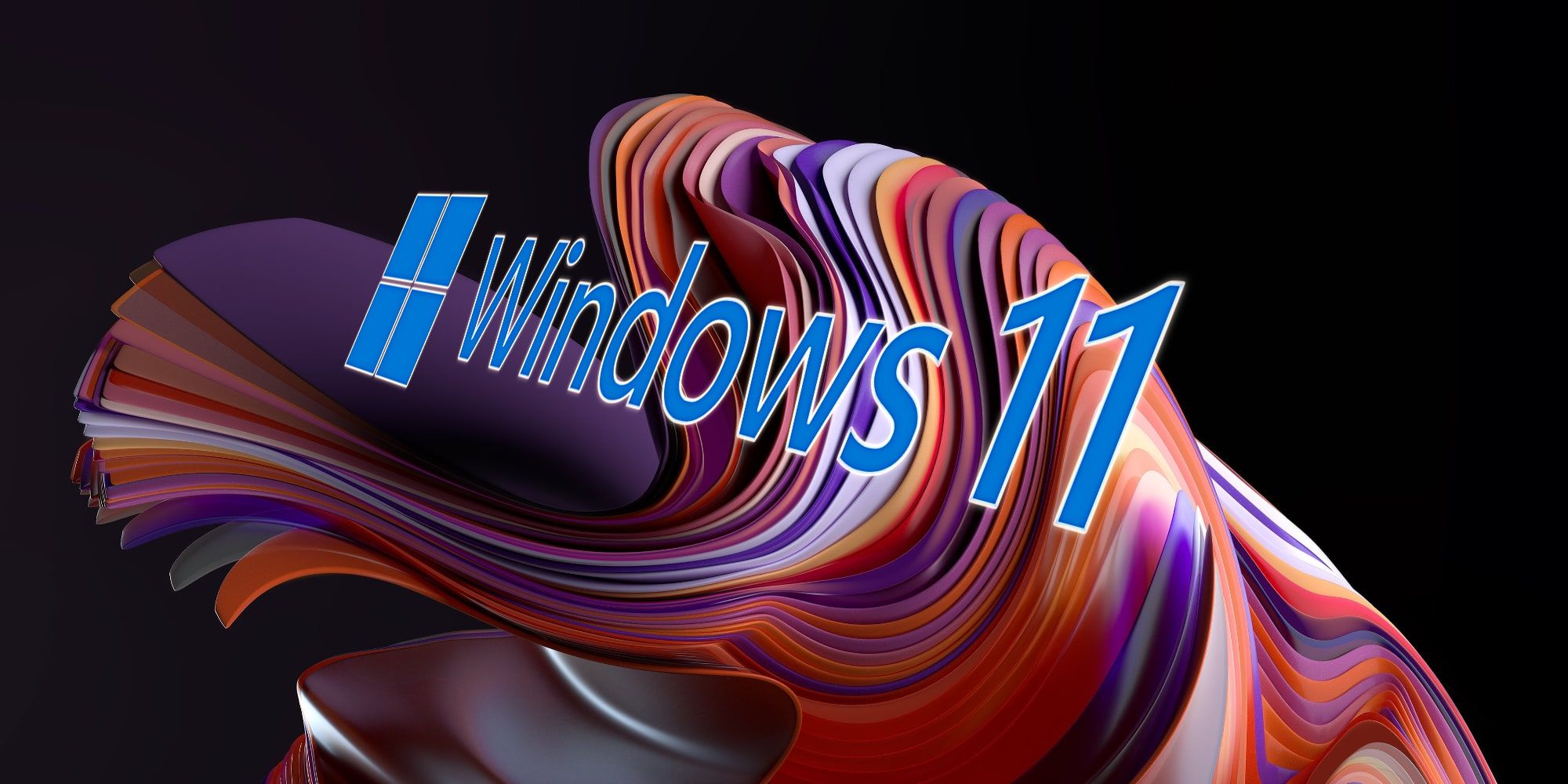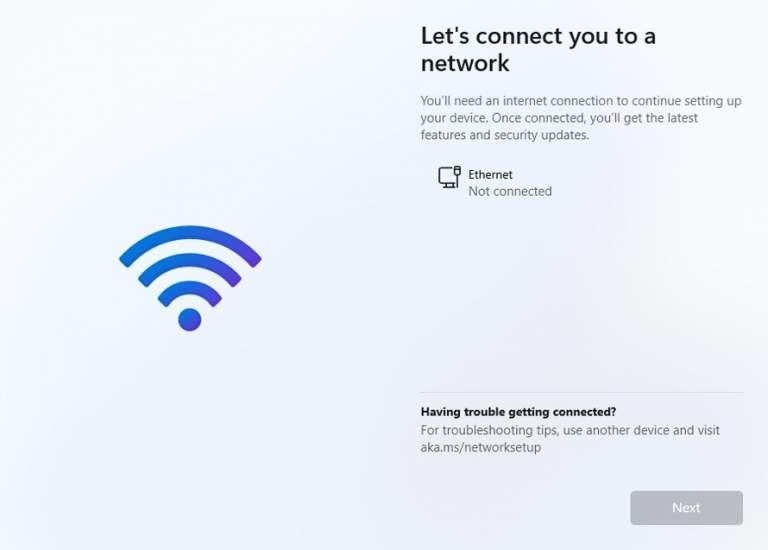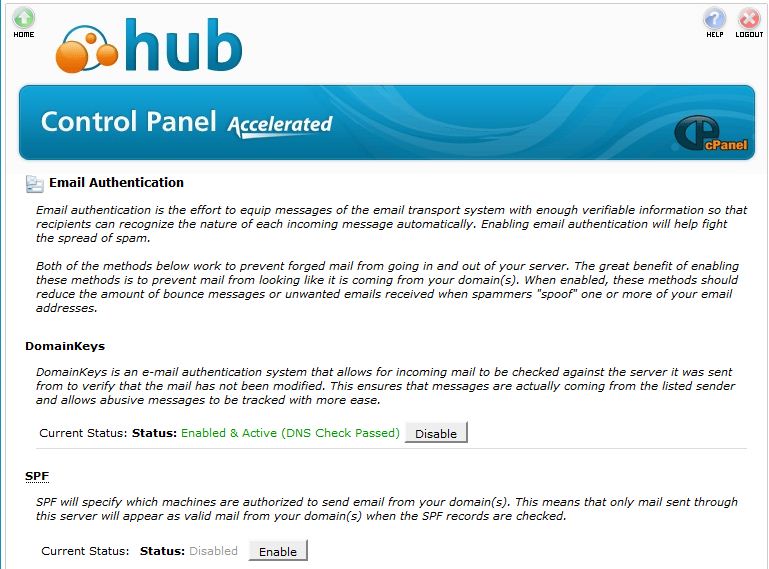Microsoft has rollout Windows 11 as a free upgrade for eligible Windows 10 devices. That means windows 11 downlaod and install notification only prompt on devices that meet the minimum hardware requirements. The latest Windows 11 bring a new look to the operating system include, centered start menu, snap layouts, use of Android apps, Microsoft Teams, Widgets and more.
If you are using Windows 10 and looking for try these new windows 11 features, here is how to check the compatibility status with Windows 11. This post also explains how eligible windows 10 devices upgrade windows 11 for free. Microsoft released Windows 11 as a free upgrade for eligible Windows 10 devices, with a number of new features and improvements.
If your PC meets the minimum system requirements for windows 11 you will receive the Windows 11 download popup under the windows update section on settings. Again similar to windows 10 the new operating system can also be installed through windows update, Windows 11 Installation Assistant, or using ISO files. However, the Windows 11 installation process gettings stuck for some early adopters, showing Windows 11 error code 0x f. In addition to increased reliability, the supported processors increase security capabilities at the chip level. These processors provide virtualization extensions and virtualization performance improvements. Windows 11 supports virtualization-based security which enables several security capabilities, including memory integrity, also known as hypervisor-protected code integrity .
HVCI disables dynamic code injection into the Windows kernel. HVCI also provides driver control and ensures that all drivers loaded meet a policy of allowed drivers set by Microsoft and the user. The United States Department of Defense requires virtualization-based security on Windows 10 for their devices.
In partnership with our OEM and silicon partners, we will be enabling VBS and HVCI on most new PCs over this next year. And we will continue to seek opportunities to expand VBS across more systems over time. To do this, you'll need a PC that meets the Windows 11 system requirements, or one of the PCs on our list of compatible PCs. You're also going to need an external USB flash drive which you're going to use as installation media for your new copy of Windows. You'll also need to have enough free space on your hard drive to install Windows 11.
Plus of course, back up your data before starting. No damage should be done to your files in the process, but it's always good to be safe. Windows 11 continues our strong commitment to compatibility.
This means that devices can upgrade to Windows 11 and critical apps and devices will simply work. Raising the Windows 11 minimum system requirements enables us to better support apps and hardware for drivers and devices. Feedback also shows us that unsupported hardware is more likely to have older drivers that are incompatible with new OS features such as VBS. Supported hardware also comes with modern drivers, which helps ensure not only the reliability we mentioned earlier, but also great hardware compatibility.
If your existing Windows 10 PC is running Windows 10 20H1 or later and meets the minimum hardware specificationsit will be able to upgrade to Windows 11. The upgrade rollout plan is still being finalized, but for most devices already in use today, we expect it to be ready sometime in early 2022. Not all Windows 10 PCs that are eligible to upgrade will be offered to upgrade at the same time. To see if your PC is eligible to upgrade, refer to our knowledge base for a list of tested systems. Once the upgrade rollout has started, you can check if it is ready for your device by going to Settings/Windows Updates. More information on how that is presented will be available at a later date.
Additional desktop notification options may be also be added at a later date. You can safely delete the previous Windows installation and Windows update cleanup files to reclaim hard drive space. Here we show you how to delete system files to free up disk space after upgrading to Windows 11. We first updated a new Windows 10 with all updates and then carried out the disk cleanup to purify the hard drive as much as possible.
Windows Explorer then indicated a storage space usage of 19.7 GB. The space required for Windows 11 installation is more than it's previous OS. The computer or tablet performance can also become unreliable. Use these procedures to resolve these issues and errors. As the name suggests, the Cleanup Recommendations automatically brings forth unnecessary files, folders, and applications on your program that are of no use whatsoever.
You will first have to enable this feature to clean your Windows 11 storage space. To enable cleanup recommendations, use the following steps. In our example, you can see that we can reclaim about 20GB of storage space with this one process. Select the files you wish to remove from this list and then click the "Clean up" button to start.
Considering how many files are involved and how much hard drive storage we are attempting to reclaim, the procedure could take a few minutes to complete. After the update to Windows 11, sharp users may notice a substantial increase in the amount of used hard drive storage space on their PCs. A good portion of this new storage profile are recovery files that you could use to revert to Windows 10, if you are so inclined.
However, if you are happy with Windows 11, you can safely remove these files and reclaim some of that lost hard drive storage space. First of all, we recommend you check what is eating up your hard drive space in Windows 11. Then you can delete all unnecessary files and programs. To check that, press Win + I keys to open the Settings window, and then select System from the left vertical menu and click on Storage from the right-sidebar, and click on Show more categories.
For those who are using a PC that won't upgrade, and who aren't ready to transition to a new device, Windows 10 is the right choice. We will support Windows 10 through October 14, 2025 and we recently announced that the next feature update to Windows 10 is coming later this year. Whatever you decide, we are committed to supporting you and offering choice in your computing journey. If you want to see the full Windows 11 minimum system requirements, you can visit this page. For our immediate purposes, we will now scroll down and select the "Cleanup recommendations" item from the right-hand list. As you can see in Figure C, this feature will list the various sets of files you can safely remove from your system to reclaim hard drive storage space.
Performing a routine cleanup task can help you remove redundant files and reclaim a ton of precious storage space on your computer. Windows backup files are required for system recovery operations. However, if the upgrade is successful, and you are low on disk space, you can safely delete these files and make way for new files. If less than 5% of the total hard drive space is available, run HP Performance Tune-up Check, remove files with Storage Sense, and remove unwanted programs to make more disk space available. As we mentioned earlier, there are a lot of in-built features in Windows 11 that automatically detects files that take up a lot of storage space. The Storage Sense is one such built-in tool that automatically detects and deletes unnecessary files and empties the Recycle bin to free up disk space on Windows 11.
This is my preferred way of installing a new OS, if I've committed to upgrading the operating system. Downloading an .ISO file allows you to simply tuck it away like any other document on an external hard drive. If you'd like, you can burn it to a DVD or save it on a USB key, too.
With Windows 10 or Windows 11, though, you don't need to. Simply right-click the .ISO file, select "Mount," and Windows will simply treat the file like a virtual DVD in a disc drive. You'll be able to kick off the installation process in one easy step. Before you begin downloading Windows 11, make sure you have the right PC hardware. While we don't think there's much risk to downloading and installing Windows 11, there's always the risk that something will go wrong. Take a moment and back up critical files to an external hard drive or the cloud before proceeding.
Our Windows 11 upgrade checklist can help you ensure all your ducks are in a row. Updates are an important part of improving both system performance and security, with updates being especially important. For this, it is important to have at least 10 GB of additional space. In addition, we must bear in mind that a new version is released every six months.
For this reason, it will be necessary at least 30 GB free to be able to perform the backup of the current version along with the download and installation of the new one. Along with this we must bear in mind that Windows needs at least 20 GB free to work with temporary files and cache. "Restore points are generated when you install a new app or driver," Microsoft says, "and when you create a restore point manually. When you click back to the Storage screen , you may notice there are other files and applications taking up hard drive storage space that Windows 11 considers potentially unnecessary. Select a category from the list, and the system will provide more details. Now, scroll down the right-hand menu of settings and select Storage from the list.
The system will do a quick scan to determine what temporary and other removable files are taking up storage space on your hard drive. As you can see in Figure B, the GB of files necessary to revert to Windows 10 after the Windows 11 update are significant. If you are happy with Windows 11, you can safely remove old Windows 10 reversion files and reclaim a substantial amount of lost hard drive storage space on your PC.
EaseUS Partition Master is an easy-to-use disk partitioning software used by over 60,000,000 global users. This tool can increase C drive space on your device so you can seamlessly get Windows 11 updates. Additionally, it can resize, format, delete, wipe, or convert disk, migrate OS without reinstalling OS, etc. Another thing you should consider before installing Windows 11 is to check for system file corruption. In many cases, corrupted system files on your PC result in errors and prevent you from upgrading to the newer version.
So, before initiating Windows 11 installation process, verify your system files and repair them if there is some corruption. You can use System File Checker i.e., SFC scan and Deployment Imaging and Servicing Management to do that. These are command-based utility tools to restore the healthy state of your PC. Sufficient disk space is required to install the new OS or even updates.
We have seen installation failing due to insufficient disk space required for the upgrade. So, make sure you have enough disk space on your PC to install Windows 11 without any error. To clear up dis space, you can use the Disk Cleanup Utility.
There are some more methods to increase your disk space by freeing up space. In case you can you prefer third-party software, you have some free options like CCleaner. In addition to that, you may also try deleting and getting rid of duplicate files from your PC and make some free space. Before proceeding with Windows 11 upgrade process, make sure you have taken a backup of all your important data.
Take a backup of all necessary files and folders to an external hard drive or USB. In a rare case, if something goes wrong during the installation process, you will have your data back up to restore it later. You can refer to our knowledge base for a list of tested systems to determine if your device eligible to upgrade to Windows -11. Many PCs that are less than four years old will be able to upgrade to Windows 11. They must be running 20H1 or later version of Windows 10 and meet the minimum hardware requirements to receive the Windows 11 upgrade.
If your computer is running low on free disk space, you will not be able to install important security updates or upgrade Windows OS and your computer's performance will suffer. It is always important to make sure that you don't run out of free drive space on your computer. We hope our article successfully walked you through enabling storage sense and the different ways to free up disk space on Windows 11. Though the temporary and junk files may be small in size, they tend to accumulate on your system over time and can occupy a significant chunk of your storage space. Windows 11 ISO download page, you will need to select the first option called Windows 11 Installation Assistant.
This is the best option to assess the minimum system requirement before upgrading to Windows 11. Once registry entries are in place on your Windows 10 device, the Windows11InstallationAssistance.exe tool skips the check for TPM 2.0 and CPU versions. This helps us to install Windows 11 on unsupported hardware. First, you need to download the Windows 11 installation file through Windows Update, that file will be about 3.5GB. And then if you want to upgrade to Windows 11 from older versions, the upgrade process will automatically backup the previous Windows versions, and install Windows 11. Which means, the backup files will contain a whole Windows older version, which takes dozens GB of disk space.
While trying to update to the latest version of Windows, many users had to face a compatibility error saying "This PC doesn't currently meet all the system requirements for Windows 11". This means that such computer doesn't satisfy the requirements necessary to complete the upgrade and support the new features, as listed in Windows 11 hardware specifications. The tool is back and is now significantly improved, and if it detects any incompatibilities with your PC, it will list them individually.
But you can also prepare for an upgrade to Windows 11 by checking your PC's hardware and software capabilities by hand. This approach is especially helpful if you've got a home-built PC that may have a Trusted Platform Module installed, but not enabled. So grab your current PC's specs and follow along as we go over the extensive lists of requirements that Microsoft has published. It is imperative to understand that all the above-mentioned steps are some of the most effective ways in which you can keep the disk storage of Windows 11/10 in check. In case you are finding occasional hick-ups, or your system performing slower than usual, these steps can save you for the day. That being said, if you ever accidentally delete any of your important files, or something gets lost on the way, we have got you covered.
WondershareRecoverit Data Recovery is one of the finest data recovery tools you can find out there in the market. You can easily get access to your deleted data in just three easy steps. To check for Windows 11 compatibility, download and run the PC Health Check app, which will identify specific compatibility issues that prevent an upgrade. PCs purchased in 2016 or earlier are almost certain to be unsupported. Windows 11 requires a hard drive with at least 64 GB of space in order to be installed.But how much storage space does it really have to be free to download and install Windows 11? And how much storage space does the operating system actually take up after installation?



